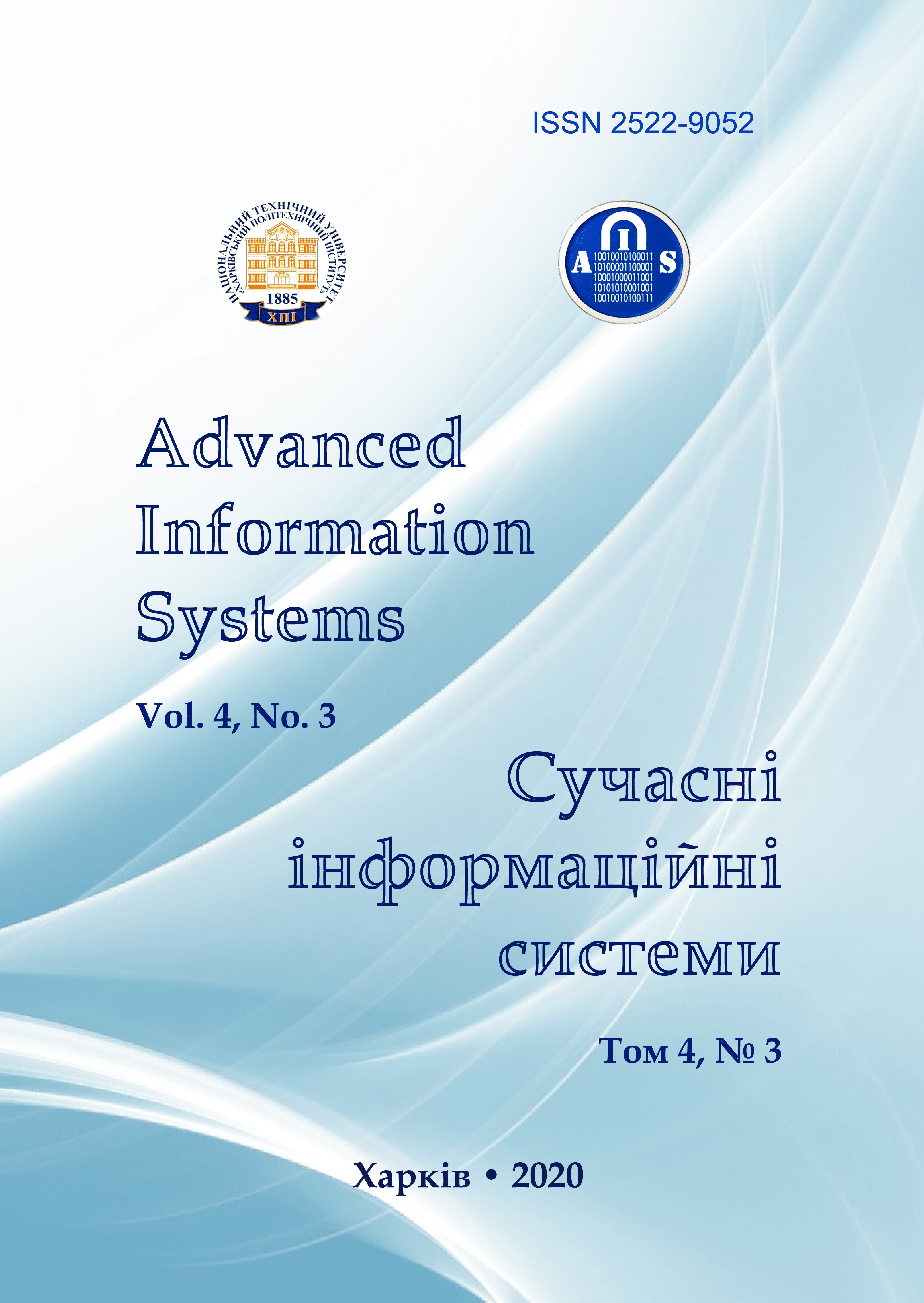Diffraction phenomenon description method based on by the topological objects set and the algorithm for distinguishing the minimum from zero intensity
Main Article Content
Abstract
Article Details
References
Leontovich, M.A. and Fock, V.A. (1946), “Solution of the problem of the propagation of electromagnetic waves along the earth's surface by the method of parabolic equation”, Journal of Experimental and Theoretical Physics, Vol. 16, no. 7, p. 557.
Matveev, А.А. (1988), Optics, Mir, Moscow. 445 p.
Reinhard, Voelkel (2014), Micro-Optics: Enabling Technology for Illumination Shaping in Optical Lithography, SPIE, 9052, DOI: https://doi.org/10.1117/12.2046116.
Coullet, P., Gil L. and Rocca, F. (1989), “Optical vortices”, Optics Communications, Vol. 73, p. 403.
Zhao, J. (2015), Curved singular beams for three-dimensional particle manipulation, Sci. Rep. 5, 12086; DOI:
https://doi.org/10.1038/srep12086.
Kvyetnyi, R.N. and Reminnyi, O.A. (2009), “High-speed image classification method”, Opto-electronic information and energy technologies, No. 2, pp. 22-27.
Chetyrbok, P.V. (2008), “Associative Memory and Scalar Criterion for Recognition”, Proceedings of the X International Scien-tific and Technical Conference "System Analysis and Information Technologies", NTUU "KPI", Kyiv, p. 266.
Shvorov, S.A., Shtepa, V.M. and Zayets, N.A. (2014), “Neural network recognition of optical images in special purpose sys-tems”, Collection of scientific works of the Military Institute of the T. Shevchenko, Issue 45, pp. 102-108.
Khoroshun, G., Luniakin, R., Riazantsev, A., Ryazantsev, O., Skurydina, T. and Tatarchenko, H. (2020), “The Development of an Application for Microparticle Counting Using a Neural Network”, Proc. of the 4th Int. Conf. on Computational Linguistics and Intelligent Systems (COLINS), Vol. I: Main Conference, pp. 1186-1195.
Ryazantsev, O., Khoroshun, G., Riazantsev, A., Ivanov, V. and Baturin, A. (2019), “Statistical Optical Image Analysis for Information System”, Proc. of 2019 7th Int. Conf. on Future Internet of Things and Cloud Workshops (FiCloudW), Istanbul, Turkey, IEEE 2019, pp. 130-134, DOI: https://doi.org/10.1109/FiCloudW.2019.00036.
